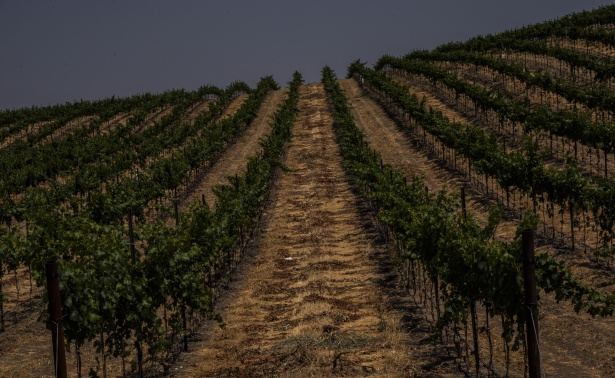Talking to any serious wine drinker will reveal that they probably have a favorite vineyard from which they acquire their bottles. However, when it comes to smaller vineyards in hard-to-ex grow areas, the actual output of the vineyard might be hard to predict. Now, plant scientists and engineers from the Cornell University have developed a way to get out of this predicament. The team has created an app to help grape farmers accurately predict their crops’ yield months earlier.
How the app works
The farmers would only need to use a smartphone to record each grapevine. But, first, they would need to walk around all their crops at night to gather the necessary data. Then, the growers will upload the recorded videos to a server that will process the information for them. Researchers explain that these servers use computer vision to improve vineyard produce estimates, which humans don’t do well.
Traditional methods require workers to go through grape clusters, counting them by hand. Thus, the workers could only count a small portion of the vineyard, which would then be magnified mathematically to develop the vineyard statistics. Despite being tedious and expensive, this method still generates error rates of up to 24%. However, the team from Cornell is confident that their app will cut that number by half.
Kirstin Petersen, an assistant professor at Cornell, explains that the app could be a game-changer for small and medium-sized vineyards in the Northeast.
The researchers say the most significant difference with their app is that it counts each vine the same way. When the workers are counting, the accuracy of predictions depends on the accuracy of the counting individuals. In an experiment on four vines with 320 clusters, hand counts only gave estimates between 237 and 309.
Terrible predictions
In actual vineyards, the workers only count the clusters in a few rows and then multiply the results to estimate the whole vineyard. This only worsens an inaccurate count.
The new app, on the other hand, properly records each vine before making a complete estimate. Thus, although the computer is not without its flaws, it has closer numbers, leading to better predictions.


